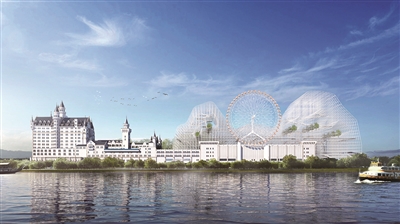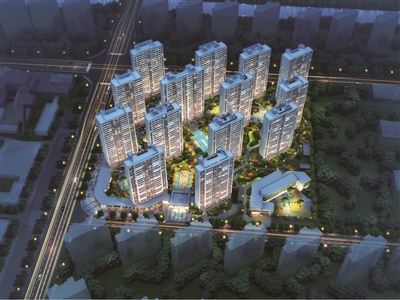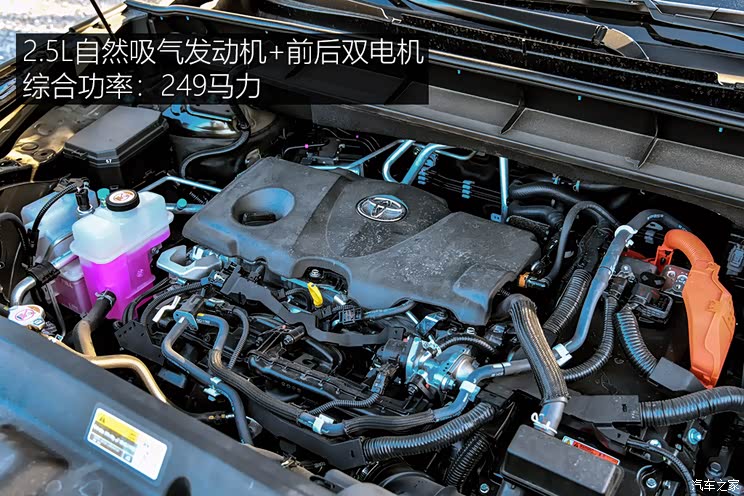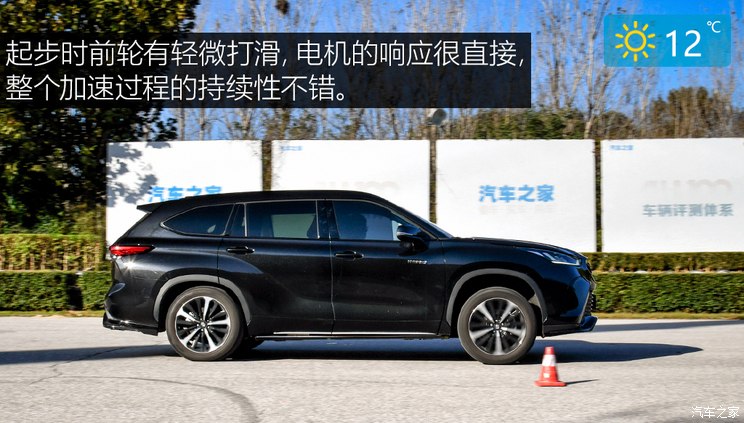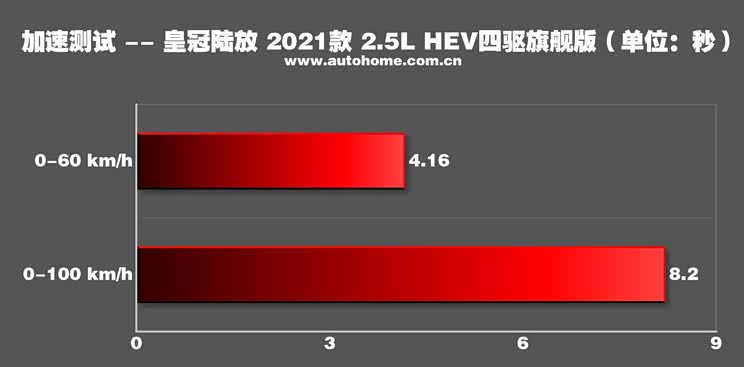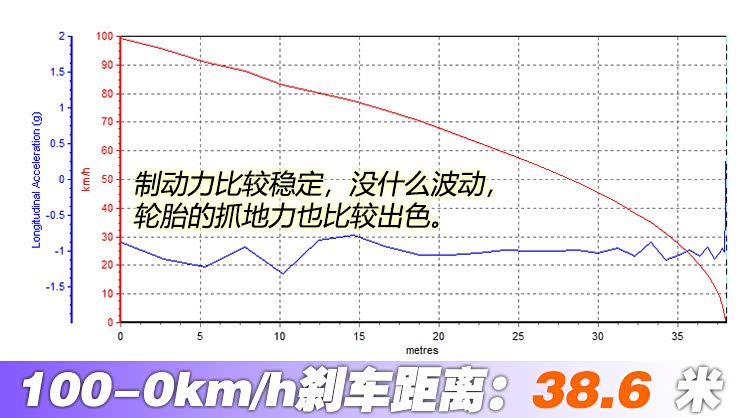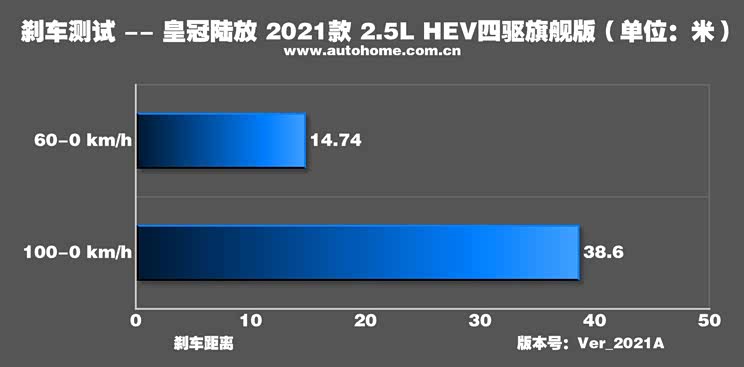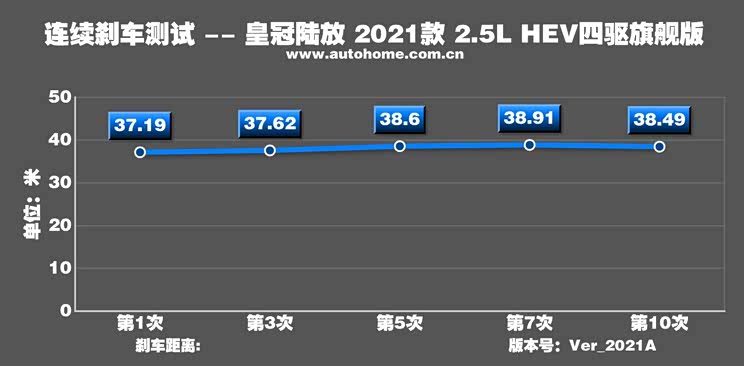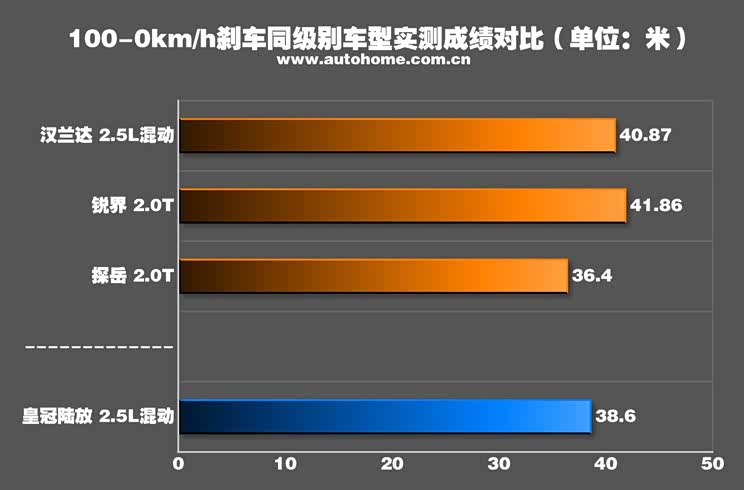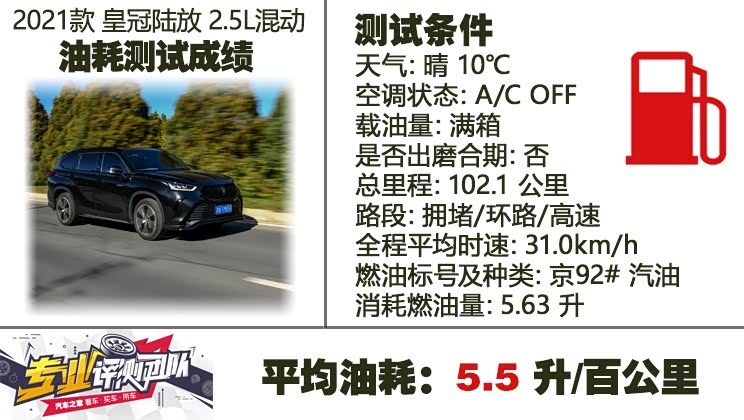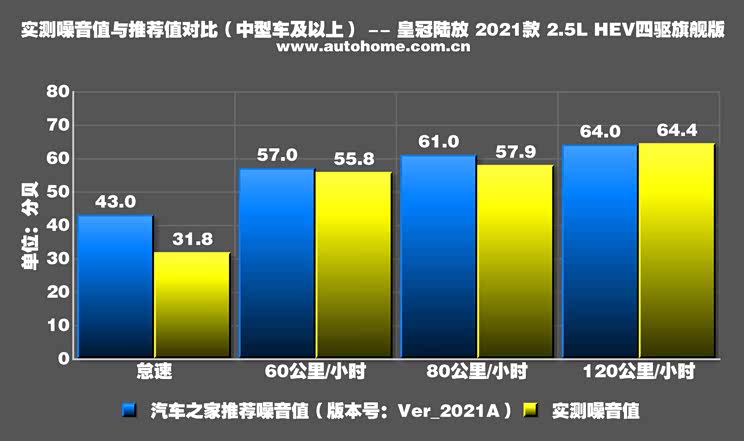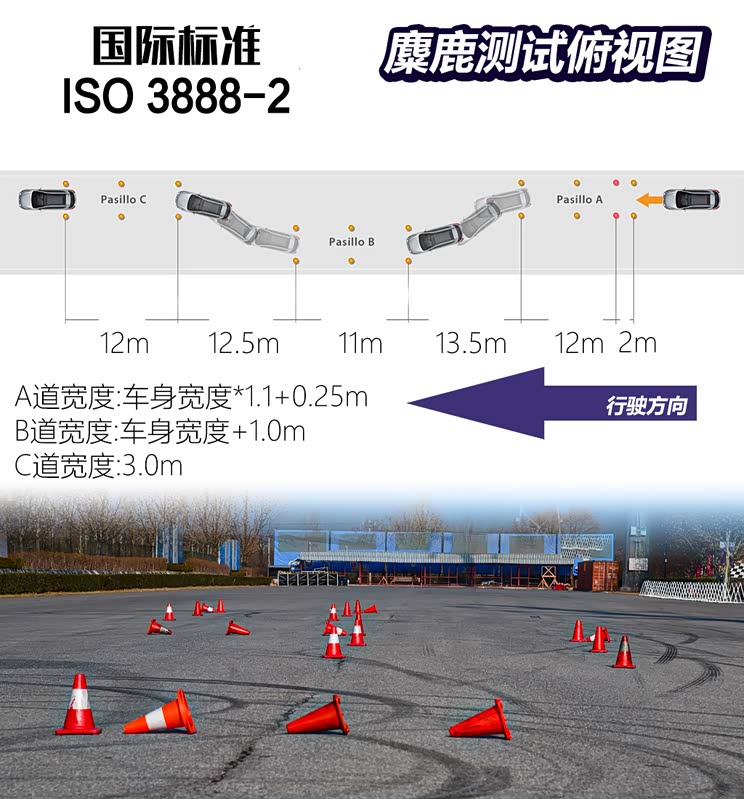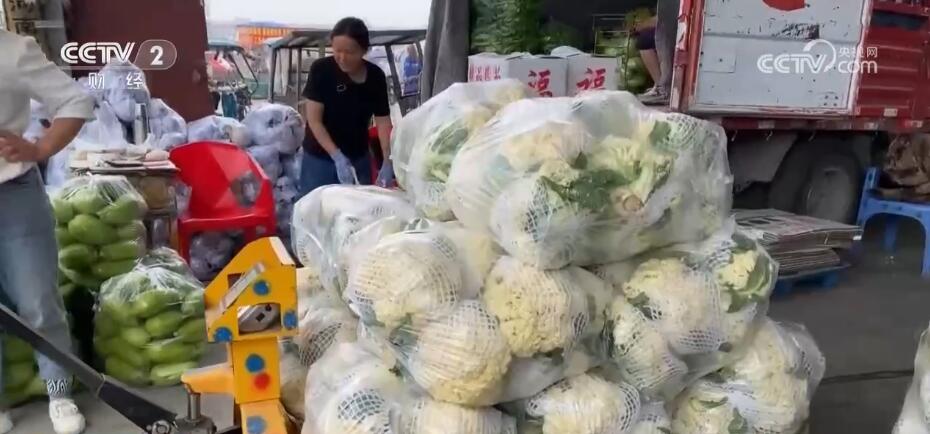Author: Professor, Teaching and Research Department of Party Building, Party School of the Central Committee of the Communist Party of China (National School of Administration), Li Junwei.
The party’s ideological line guides the Communist Party of China (CPC) from victory to victory.
The formation of the Party’s ideological line is the result of combining the basic principles of Marxism with China’s concrete reality and the reflection of scientific epistemology. On the eve of Gutian Conference in 1929, Comrade Mao Zedong pointed out that the realistic expression of various ideological tendencies at that time was "the last struggle on a wrong ideological line in history". "There are all kinds of non-proletarian ideas in communist party of the Fourth Army of the Red Army, which greatly hinders the implementation of the party’s correct line." In the article Against Bookishness, Comrade Mao Zedong expounded the importance of combining the study of Marxism with the actual situation in China, made it clear that "there is no right to speak without investigation" and clearly put forward the party’s ideological line for the first time.
During the Yan ‘an period, our party opposed dogmatism and bookishness and adhered to the ideological line of seeking truth from facts. Mao Zedong’s works, such as Strategic Issues of Revolutionary War in China, Theory of Practice and Theory of Contradiction, have raised the Party’s ideological line to the height of world outlook and methodology, and summarized it with China-style "seeking truth from facts", which not only provided theoretical weapons for Party building, but also enabled the whole party to master the fundamental ideological principle and method of combining Marxism with the practice of China Revolution by rectifying the ideological education movement of Party style, study style and writing style. It is clearly pointed out in the Resolution on Several Historical Issues that "only by adhering to the correct Marxism–Leninism line and waging a victorious struggle against all erroneous ideas contrary to it, the Party has achieved great achievements in three periods, achieved unprecedented ideological, political and organizational consolidation and unity today, and developed into such a powerful revolutionary force today".
At the Third Plenary Session of the Eleventh Central Committee of the Communist Party of China, with great political courage and theoretical courage, Comrade Deng Xiaoping broke down the barriers of "two whatevers", re-established the ideological line of emancipating the mind and seeking truth from facts, realized the shift of the work center of the whole party to economic construction, and implemented reform and opening up, thus opening up a new era of socialist construction. Comrade Deng Xiaoping pointed out, "Only by emancipating the mind, seeking truth from facts, proceeding from reality in everything and integrating theory with practice can our socialist modernization drive proceed smoothly, and our Party’s Marxism-Leninism and Mao Zedong Thought’s theory develop smoothly". The shift of the party’s work focus and the rectification of the ideological line have opened the curtain of reform and opening up. This magnificent and magnificent historical picture drawn by our party leading the people, and the great changes in the spiritual outlook of the Communist Party of China (CPC) people and China people brought about by it, have verified the great significance of emancipating the mind.
Marked by the 15th National Congress of the Communist Party of China, a new generation of communist party people held high the great banner of Deng Xiaoping Theory and adhered to the Party’s ideological line, and put forward that "we should focus on the practical problems of China’s reform, opening up and modernization, what we are doing, the application of Marxist theory, theoretical thinking on practical problems, and new practice and development". Comrade Jiang Zemin pointed out that the whole Party must adhere to the Marxist stand, viewpoint and method, and the revolutionary spirit of courageously pursuing and exploring the truth, with two "steadfastness" and two "no ambiguity". The report of the 16th National Congress of the Communist Party of China pointed out that to create a new situation in Socialism with Chinese characteristics, we must persist in implementing Theory of Three Represents, and clearly pointed out that adhering to the party’s ideological line, emancipating the mind, seeking truth from facts and keeping pace with the times are the decisive factors for our party to persist in its advanced nature and enhance its creativity. Scientific Outlook on Development was established as the party’s guiding ideology at the 18th National Congress of the Communist Party of China. Comrade Hu Jintao, in close contact with all aspects of work practice and cadres’ ideological style and work style, clearly pointed out that seeking truth and being pragmatic is the scientific spirit of dialectical materialism and historical materialism, the core content of our party’s ideological line, and the fine tradition of the party and the political character that communist party people should have.
Since the 18th National Congress of the Communist Party of China, the changes in the domestic and international situation and the development of various undertakings in China have put forward a major issue of the times, that is, we must systematically answer what kind of Socialism with Chinese characteristics and how to adhere to and develop Socialism with Chinese characteristics in the new era from the combination of theory and practice. The CPC Central Committee with the Supreme Leader as the core insists on emancipating the mind, seeking truth from facts, keeping pace with the times, seeking truth from facts and being pragmatic, adhering to dialectical materialism and historical materialism, closely combining the new era conditions and practical requirements, deepening the understanding of communist party’s ruling law, the law of socialist construction and the law of human social development with a brand-new vision, carrying out arduous theoretical exploration, achieving great theoretical innovations, and forming the Supreme Leader’s Socialism with Chinese characteristics Thought in the new era.
Deeply grasp the significance and value orientation of the party’s ideological line
The Party’s ideological line is a question of how the Communist Party of China (CPC) treats the universal truth of Marxism with the reality of China. In essence, it is a question of how the whole party seeks the truth and follows the law, and it is also a question of consistency between subjectivity and objectivity, and between thought and reality.
Adhering to the party’s ideological line is the advantage of Marxist political parties, and it is also one of the important signs that distinguish it from other political parties. As Engels said, "our party has a great advantage, that is, it has a new scientific viewpoint as the theoretical basis." The Party’s ideological line is the basic way of thinking, working and leading for the Communist Party of China (CPC) people to understand and transform the world. In summing up the advantages of our Party, General Secretary of the Supreme Leader clearly pointed out: "It is precisely because our Party has successfully found Marxism, and insisted on combining the basic principles of Marxism with the concrete reality of China, and knowing and mastering the objective laws of China’s social development that we can overcome all kinds of erroneous tendencies, constantly form the correct line, principles and policies of revolution, construction and reform, and constantly open up the correct road for the people of China to save the country, build the country and rejuvenate the country; It is precisely because our party insists on arming party member with scientific theory and educating the people that it can guide and inspire all party comrades to unite and lead the people to struggle for national prosperity and national rejuvenation. "
Adhere to the Party’s ideological line and provide guidance and direction for other Party work. We firmly believe that Marxist theory is the theory and practice of the people, and the party’s ideological line is to provide guidance for the great practice of the people. How to combine Marxism with practice is the problem solved by the ideological line. As far as the fundamental attribute of Marxism is concerned, "Marxism is not a study, but was founded to change the people’s historical destiny, formed in the practice of people’s liberation, and enriched and developed in the practice of people’s liberation, providing a powerful spiritual force for people to understand and transform the world." Guided by scientific theory, that is, Marxism, and combined with China’s concrete reality, our party creatively applies Marxism, understands and grasps the laws of communist party’s governance, socialist construction and the development of human society, constantly overcomes various erroneous tendencies, formulates scientific and correct lines, principles and policies, and guides China’s development to always follow the right path; Our party insists on arming the whole party with scientific theory, educating the masses, leading the masses to strive for the established goals, and China’s economic and social development has won new victories. Therefore, strengthening the Party’s ideological construction and adhering to the Party’s ideological line are of fundamental significance to the Party’s leadership and construction. Since Socialism with Chinese characteristics entered a new era, General Secretary of the Supreme Leader demanded that "we should constantly deepen our understanding, sum up experience and make theoretical innovations according to the changes of the times and the development of practice.坚持理论指导和实践探索辩证统一,实现理论创新和实践创新良性互动”。
在思想纷争中辩明是非,在正确反对错误中决定未来,为政治路线提供价值标准。思想路线的问题,需要用思想斗争的方法解决,但是是非曲直必须清楚。理论脱离实际,就会走向主观主义、教条主义。党在历史上出现过的右的和“左”的错误,其根本原因即在于思想路线的错误。正如毛泽东同志所说:“一切大的政治错误没有不是离开辩证唯物论的。”思想路线是党的政治路线的基础,思想路线正确了才能确立和执行科学正确的政治路线。党的路线出问题首先是思想路线出问题,这已经被党的历史经验反复证明。中国共产党在领导改革发展、统筹内政外交国防、治党治国治军过程中,不仅需要从政治理想出发制定正确的路线方针政策并保障其实施,还需要强化党的思想的整合功能、促进社会和谐的引导功能,以调动广大的社会力量为实现既定的目标而努力。世界社会主义实践的曲折历程告诉我们,马克思主义政党一旦放弃马克思主义信仰、社会主义和共产主义信念,就会土崩瓦解。正如邓小平同志所指出,“一个党,一个国家,一个民族,如果一切从本本出发,思想僵化,迷信盛行,那它就不能前进,它的生机就停止了,It is necessary to die the party and the country. "
The ideological line provides the adhesive and ballast stone for the political line, ensuring that the political line is stable and far-reaching. As we all know, in the party political system, the party’s ideological construction is known as "social cement", which lies in the shaping of political and social system by thought, and also in its support for the operation of the system and system: either thought provides a direction guide for the implementation of the system, or provides a discourse explanation for the deficiency of the system. Why is the ideological line so important? Engels said: "As long as we further develop our materialist argument and apply it to the present era, a powerful revolutionary prospect, the most powerful in all eras, will immediately appear before us."
Social consciousness needs the guidance of the party’s guiding ideology, and social behavior needs the party’s ideological line to concentrate. The party’s ideology must establish the backbone for social ideology, so as to form a larger concentric circle and the masses will closely unite around the party. Comrade Mao Zedong pointed out when leading the people in their struggle to seize political power, "Mastering ideological education is the central link to unite the whole party in the great political struggle. If this task is not solved, all the political tasks of the party cannot be completed. " At present, China’s society is in an era of great ideological activity, great collision of ideas and great cultural integration. How to guide and solve social ideological disputes lies in the party’s ideological construction such as He Shouzheng’s innovation and how to adhere to principles in its ideological line. The Fourth Plenary Session of the 19th CPC Central Committee clearly insisted on uniting the whole party and the people with the lofty ideal of communism and the common ideal of Socialism with Chinese characteristics, arming the whole party, educating the people and guiding the work with Socialism with Chinese characteristics Thought of the supreme leader in the new era, and consolidating the ideological foundation of the party’s governance. Adhere to the fundamental system of guiding position of Marxism in the ideological field, and adhere to the system of leading cultural construction with socialist core values.
The new era is guided by the party’s ideological line to create greater glory.
The primary task of adhering to the Party’s ideological line is to arm the whole Party, especially leading cadres, with Socialism with Chinese characteristics Thought of the Supreme Leader in the New Era. The 19th National Congress of the Communist Party of China established Socialism with Chinese characteristics Thought, the supreme leader in the new era, as the party’s guiding ideology, which provided an ideological weapon and action guide for comprehensively strengthening the party’s leadership and strictly administering the party in the new development process. It is Marxism in the 21st century. There are several problems to be solved in theoretical armed forces: First, a big party like ours needs to unify its thinking, will and behavior. The consistency of thought and behavior needs to be based on the belief in scientific theory and the certainty of the law of social development. This requires party member cadres to first solve the problem of the general switch of ideals and beliefs, solve the problems of world outlook, outlook on life and values, and consciously become firm believers and faithful practitioners of the great ideal of communism and the common ideal of socialism. The second is to guide party member into his mind, learn deeply and thoroughly, and apply what he has learned. Leading cadres should strengthen their theoretical arms. Party organizations at all levels, party member and cadres, especially leading cadres, should master Marxist theoretical weapons, improve the theoretical level and application ability of Marxism, and jointly transform the Party’s innovative theory into practical force to promote the great cause of Socialism with Chinese characteristics in the new era. The third is to solve the problem of study style. The style of study is a question of party member cadres’ thinking method and our attitude towards scientific theory. Communist party people’s theoretical study is not only to explain the world, but also to better transform the subjective world and lead the masses to transform the objective world.In theoretical study, we should strengthen the consciousness of questions, the spirit of responsibility, investigation and research, pay attention to the transformation of learning results, and learn beliefs, responsibilities and skills. It is the requirement of integration to be strict and practical in learning, to be upright and innovative in theoretical construction, and to be pragmatic in ideological line.
At the same time, ideological construction and system construction are exerted, and the banner is clear-cut, insisting on truth and correcting mistakes. The Third Plenary Session of the Eleventh Central Committee of the Communist Party of China emancipated the mind, the Fifth Plenary Session of the Eleventh Central Committee of the Communist Party of China adopted "Several Guidelines on Inner-Party Political Life", and the Sixth Plenary Session of the Eleventh Central Committee of the Communist Party of China clarified the issues of what to adhere to and improve the ideological line. Since the 18th National Congress of the Communist Party of China, through the construction of work style and cadre team, the Sixth Plenary Session of the 18th CPC Central Committee adopted "Several Guidelines on Political Life within the Party under the New Situation", making efforts to govern the Party with thoughts and systems at the same time, and persisting in the Party’s ideological line through the long-term stability of the system. The "Several Guidelines on Political Life within the Party under the New Situation" clearly requires that "the whole party must adhere to the party’s ideological line throughout the whole process of implementing the party’s basic line" and "test and develop the truth in practice, which not only opposes all kinds of wrong tendencies of denying Marxism, but also breaks the dogmatic understanding of Marxism. Adhere to the basic national conditions that China is still in the primary stage of socialism for a long time, constantly study new situations, sum up new experiences, solve new problems, and constantly promote the China of Marxism. ". Party member cadres should take a clear-cut stand on the right and wrong issues and their erroneous understanding of the ideological line, and dare to stick to the truth and criticize mistakes. We must adhere to the concrete analysis of specific issues, and dare to struggle and show our swords for principled and political issues; We should use criticism, persuasion and education to solve general ideological problems.Adhere to principles, reach consensus, and unite comrades to advance together. No matter what problems we deal with, we must mobilize the enthusiasm of all parties and resolve negative factors to the maximum extent, which is conducive to upholding and strengthening the party’s leadership, rallying the hearts and minds of the party and safeguarding the overall situation of reform, development and stability.
Practice the party’s ideological line in the great practice of taking the people as the center. The party’s theory and theoretical innovation are not only the crystallization of collective wisdom within the party, but also the summary of people’s practical experience. Comrade Mao Zedong pointed out, "communist party people must always be ready to uphold the truth, because any truth is in the interests of the people;" Communist party people must be ready to correct their mistakes at any time, because any mistakes are not in the interests of the people. ". On the one hand, the party’s ideological line is a process of understanding the world on the basis of practice, which needs to be realized through "coming from the masses". People’s great practice is the real source of knowledge. Only by respecting people’s initiative, listening to people’s voices, reflecting people’s wishes and summing up practical experience can we gain true knowledge and improve the scientific level of decision-making. On the other hand, the party’s ideological line is a process of transforming the world on the basis of practice, which needs to be realized by "going to the masses". The party’s ideological line needs to be reflected in the mass line, and the party’s advanced role needs to be transformed into the majestic power of the people to start businesses. Once the theory grasps the masses, it will become the power of reality. The Communist Party of China (CPC) relied on the Party’s ideological line to unify the will within the Party, and carried out propaganda with correct advocacy strategies, organized and United the masses, and turned the Party’s correct advocacy into the conscious actions of the masses. General secretary of the supreme leader called for the unification of the party’s ideological line with the party’s mass line, and the close integration and unification of being responsible to superiors and the masses.Adhere to the people-centered development thought, go deep into the grassroots and the masses, so that all decisions and all aspects of work conform to the actual situation, objective laws and people’s wishes. "In this way, our work and the cause of the party and the people will be invincible."
Grasp the new law of things development and open up a new realm of Marxism. The 19th National Congress of the Communist Party of China further clarified the great goal of building a socialist modernization power. Our grasp of Socialism with Chinese characteristics’s law has reached a new height, and at the same time, our understanding and handling of many major issues are still in the process of deepening. To this end, the fundamental ideological weapon for the whole party to adapt to the new situation, understand new things and accomplish new tasks is to adhere to the party’s ideological line.
In the face of great changes that have never happened in a century and people’s new expectations for a better life, our Party needs to constantly emancipate its mind and innovate in the journey of leading Socialism with Chinese characteristics in the new era. To develop Marxism in the 21st century, we should strengthen our awareness of problems, times and strategies, grasp the essence and internal relations of the development of things with a profound historical vision and a broad international vision, closely follow the creative practice of hundreds of millions of people, learn from and absorb all the outstanding achievements of human civilization, and constantly answer new and important topics put forward by the times and practice.
Thought is "soul" and organization is "shape". The political line and ideological line have been determined, and how cadres practice it is the decisive factor. The direct believers and users of the theoretical system are party member cadres, and the leading cadres’ emphasis on the theory and their true belief, understanding, learning and application determine the final trend of the theory. Engels once paid great attention to the leaders in the international communist movement and clearly pointed out: "Only a clear theoretical analysis can point out the correct path in the complicated facts." True Marxism is not to make subjective assumptions about real problems, but to grasp the objective laws of social development with scientific spirit, rigorous attitude and scientific analysis, dare and be good at analyzing and answering real problems, and make constant discoveries, creations and progress.
